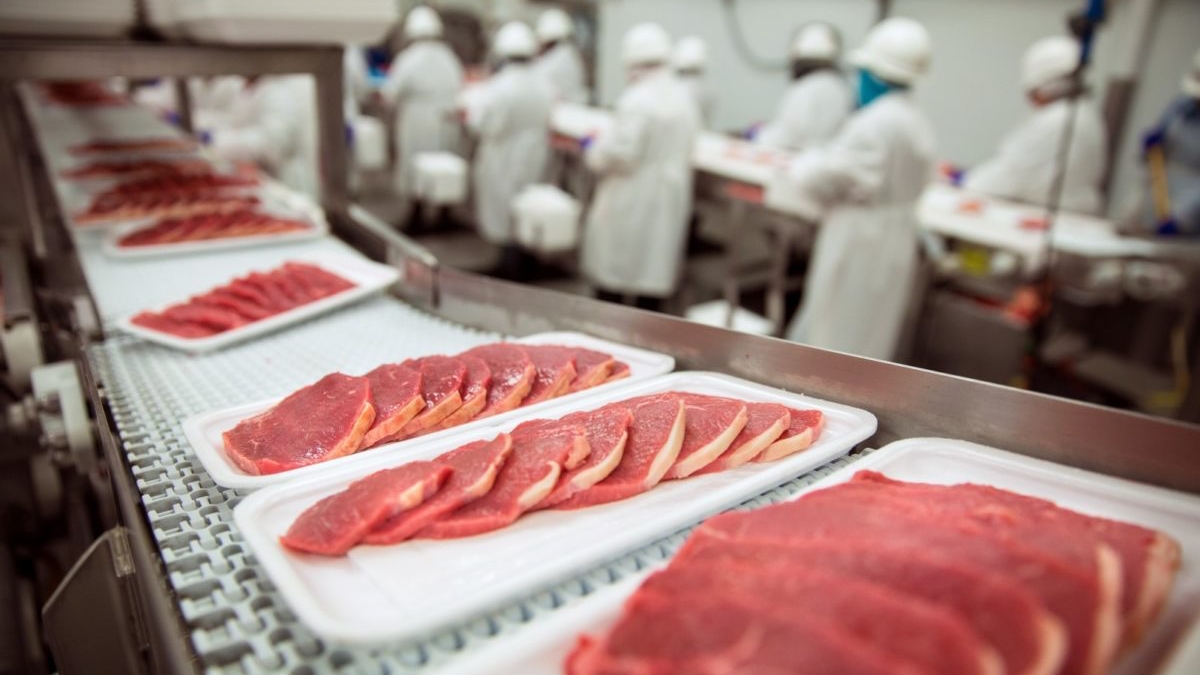
Manufacturers understand the importance of efficiency in daily operations. If their plants aren’t efficient, other companies will bring the products they offer to the market first and they will lose out on sales. The food industry recognizes the importance of efficiency, as well. Inefficient operations could lead to food spoilage before the products hit the market, leading to avoidable waste.
Consumers want quality products and manufacturers must find ways to boost productivity without sacrificing this quality or consistency. They need to streamline processes while maximizing output. One way to accomplish this is to work with a food line machine manufacturer. With the help of this supplier, a food manufacturer can increase operational efficiency in several ways.
Table of Contents
Speed and Throughput
Food line machinery will allow the manufacturer to process large volumes of product more rapidly. Humans simply cannot work at the speed of machines, and increasing the pace at which they work can lead to accidents. Automated systems take on many tasks formerly completed by humans to ensure the production flow is both consistent and uninterrupted. The machine never gets tired and slows, and it won’t become careless when carrying out repetitive tasks. Many food line machines are available today, so one company might opt for a high-speed packaging machine while another chooses cutting-edge slicing and dicing equipment. When the manufacturers see how the specialized tools handle repetitive tasks with precision and efficiency, they want to invest in additional machines. Each one minimizes downtime while maximizing output so the return on investment is excellent.
Consistency and Quality Control
Consistency is crucial in the food industry. When a consumer purchases a product, they want to know it will look and taste the same each time. The production run and batch should not affect its taste or appearance. A manufacturer who invests in food line machinery can deliver consistent products. They set the machine to the same settings and specifications, and the machine does the work. In addition, many systems today include features like vision inspection and product grading technologies. These features ensure that only products meeting strict quality standards make it to the packaging stage. With the help of these technologies, manufacturers reduce waste and maintain brand integrity.
Optimize Labor
Manufacturers who invest in food line machinery find they optimize their labor resources. Workers will no longer need to handle repetitive, labor-intensive tasks, as the machines do this work. The workers can then be moved to specialized roles where the human touch is needed. They may take on tasks related to quality control, maintenance, and supervision. Overall efficiency increases when employees take on more roles that add value to the organization and company morale improves.
Inventory Management
Food manufacturers must effectively manage their inventory to prevent spoilage and waste. Allowing even one product to go past its expiration date can be costly. When the manufacturer invests in food line machinery and tracking and data management systems, they can monitor inventory levels continuously. Doing so ensures the products reach consumers on time. The traceability data provided by these machines is priceless. If a problem is detected, the manufacturer can quickly identify the products involved and rectify the issue.
Scalability
The needs of a business change over time. Food line machinery must be able to keep up. Food manufacturers must look for a system that allows them to add or modify components as needed. No manufacturer wants to overhaul the entire system, as this is costly and leads to downtime. Scalable solutions support growth while future-proofing the investment.
The benefits of food line machinery for manufacturers are far-reaching. Cutting-edge systems offer a comprehensive solution for streamlining operations and boosting efficiency. By embracing automation and leveraging the power of food line machinery, manufacturers position themselves at the forefront of their industry. They can meet consumer demands while maintaining a competitive edge in a rapidly evolving market.